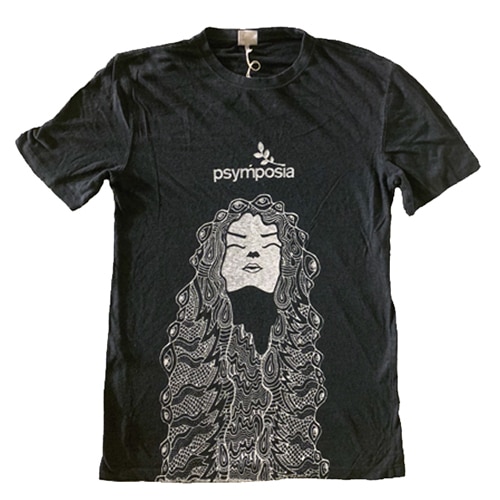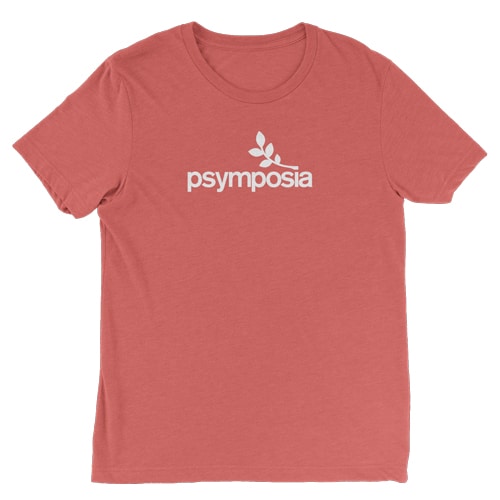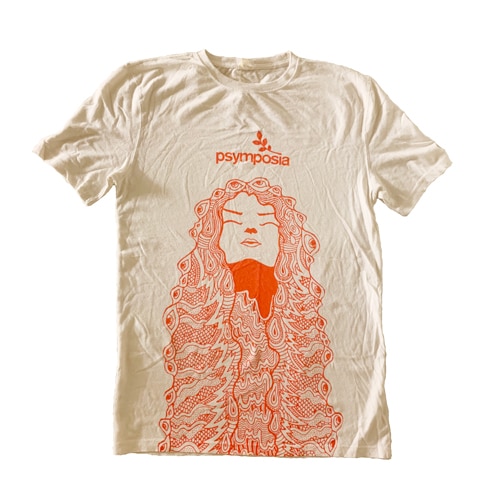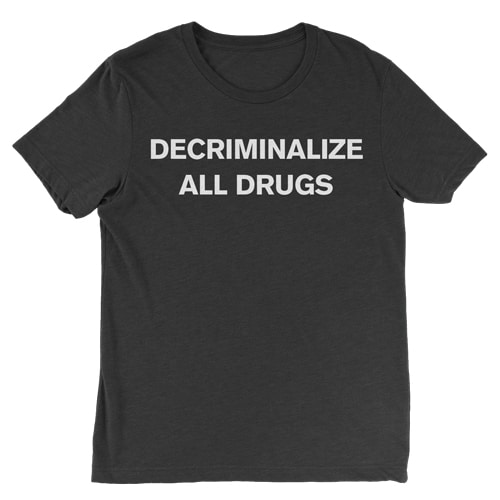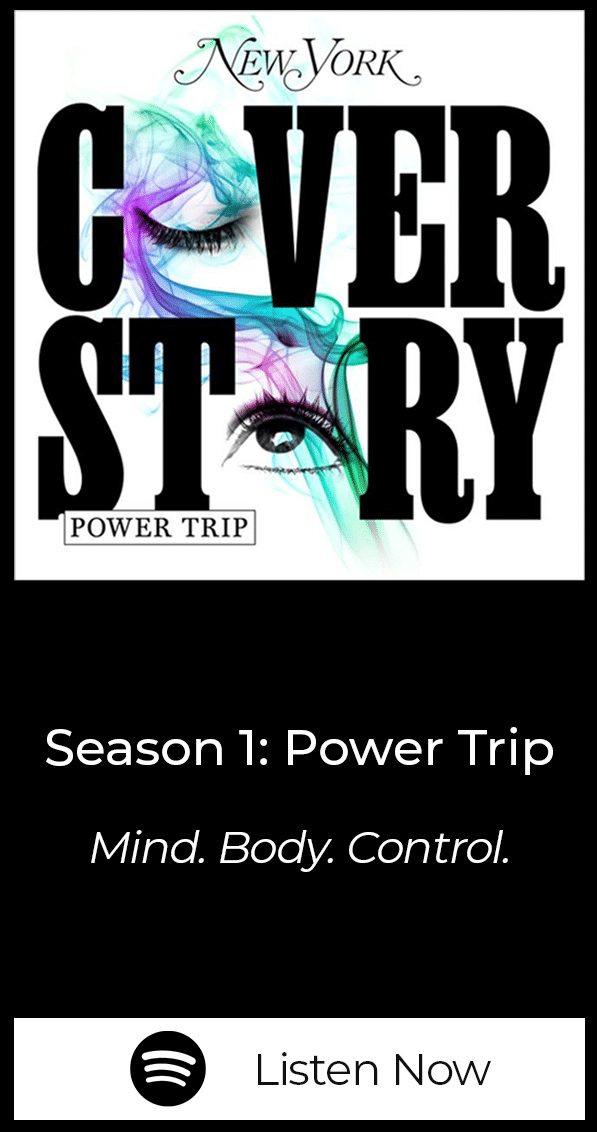We Talked with World Ayahuasca Conference Organizer Ben De Loenen
“Too many people just see ayahuasca as a sales product and that’s a problem, where it becomes commodified.”
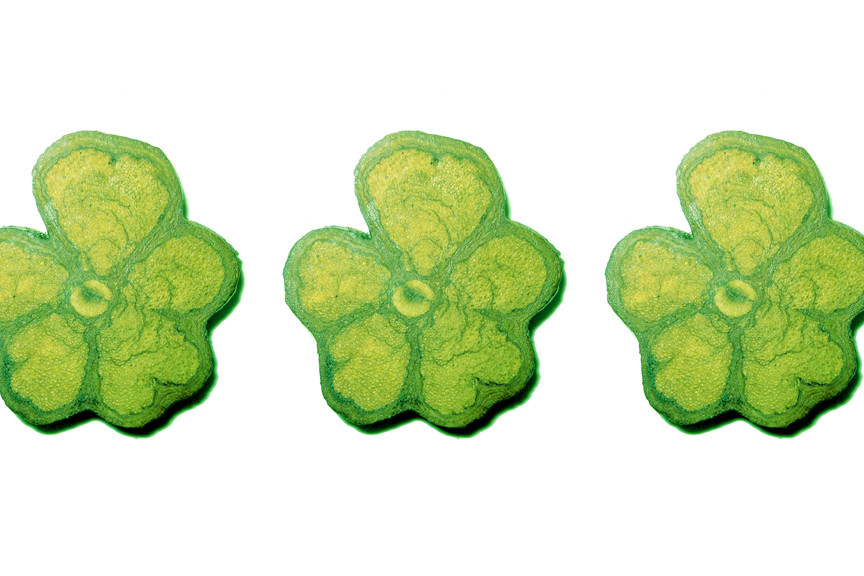
Psymposia is a 501(c)(3) nonprofit research and media organization that offers critical perspectives on drugs, politics, and culture. We rely on contributions from our readers and listeners. Your support is vital to sustaining Psymposia.
Support Psymposia’s independent journalism on Patreon and help us drive the Mystery Machine! We’re a bunch of meddling kids who are unmasking the latest shenanigans on the psychedelics beat.
Irecently sat down with Ben de Loenen of ICEERS, who described for me some of the issues ayahuasca—and the people who have used it for hundreds of years—are facing today.
My interview touched on some of the legal challenges ayahuasca users have faced around the world. The legal status of ayahuasca is often nebulous, and varies country by country.
On the increasing popularity of ayahuasca:
“Ayahuasca is going mainstream, there’s no doubt about it. The New Yorker did an article about it, and it’s all over the place. Everyone’s interested in ayahuasca because it’s the new thing. A lot of it has to do with the fact that it fits very well with this tendency towards more natural or alternative therapies.
“People practice vipassana meditation, they eat vegan, so there’s this tendency to move a bit away from over-medicalization and go more towards a holistic approach to health and personal development. Entrepreneurs also see the potential of organizing ayahuasca sessions and travel packages as a luxury.”
How companies establish business with shamanic tribes:
“There are now several companies in the market, some of whom call themselves ‘the first ayahuasca multinational.’ And if you look at their discourse, they’ll say they work with 10th generation shamans from the Shipibo tribe but if you look a little bit deeper, most of it is just marketing, and they’ll settle for the first shaman they can get.
“Too many people just see ayahuasca as a sales product and that’s a problem, where it becomes commodified. Giving people a cup of ayahuasca and charging them is very easy but you start seeing the differences in practices when an adverse or difficult situation occurs. You look at how people are taken care of and there’s sometimes a lack of integrity in those organizing. So there are legal challenges and also ethical, safety and economic challenges that play a role in how ayahuasca becomes globalized.
“In some cases people with money have gone to centers and experienced ayahuasca, then realized what an amazing potential it had and wanted to bring it to the rest of the world. So they would engage in a business relationship with the shaman, but maybe that shaman was not the most ethical person and it ended in disaster like what happened with the Shimbre center in Peru, where an 18 year-old boy died after he was left alone on ayahuasca. Then the shaman buried him without informing the authorities or even the owner of the center.
“So we’re talking about serious tools here that need to be used responsibly and within certain frameworks, but sometimes people set up these centers without having a clue what they’re getting into.”
On the lack of regulation of and information about ayahuasca:
“If you’re gonna take a psychedelic, if you take LSD, you have access to harm reduction information; you can test the substance you purchased in some places. But if you go to these centers and they say ‘I’m gonna treat you for your problem in an ayahuasca ceremony,’ you put your safety in someone else’s hands. And there’s no regulation, training or minimum safety in many cases. There are even sexual abuses that occur; each one of them is too much. So that’s something to work on as a community, there’s ongoing debate and initiatives about this.
“In our ayahuasca defense fund, for example, we have selective criteria which is a bit like an ethics code for whom we choose to represent. The question is how can we as a community apply as much pressure as possible to eliminate certain practices? We want to ideally get to a place where a government can make the separation between responsible and ethical use of ayahuasca, and criminal, problematic, or irresponsible use.
“But now very often when there’s a court case, judges don’t look at those differences. They just see there’s ayahuasca involved so they think it’s illegal. They don’t see that there’s ayahuasca but there may be screening, in-depth training, an emergency plan, an ethics code. They only look at these things if you present them. But we don’t have clear regulations.
“So that’s one of our visions; we’re in a global society and we want to have safe access to ayahuasca services and practices. And if there’s problematic behavior that occurs then people should feel comfortable telling the police to do something about it because they know it’s going to be treated like any other criminal offense. It’s a very diverse phenomenon, it’s very complex. Luckily there’s a lot of responsible and well-trained people doing great work. With any novel thing there will be a lack of proper education and awareness about how to minimize risks and maximize benefits, so that’s an area where we operate as a foundation to give people the tools to make responsible decisions.”
A little bit of background…
The 1961 Single Convention on Narcotic Drugs established an international regulatory framework for the poppy, coca, and cannabis plants, but did not include any other plants in its controls.
The 1971 Convention on Psychotropic Substances added new compounds to the 1961 treaty such as LSD, MDMA, THC, mescaline, and DMT. Many of these compounds were placed in Schedule I, the most restrictive of four categories of drugs created by the Convention.
These drugs were considered “a particularly serious threat to public health and with little or no therapeutic value” and their production and distribution was restricted to “strictly medical and scientific purposes.” But notably, the treaty did not control plants from which narcotic compounds were derived—only their active ingredients.
So psilocybin mushrooms, for example, were not controlled—but the active compound psilocybin, if extracted and isolated from the mushroom, was subject to control. (This distinction did not apply to poppy, coca, or cannabis plants, which remained under control.)
The 1971 Convention did recognize “traditional” uses of psychotropic drugs, and allowed provisions for special cultural groups and their practices to be protected. Signatory countries were allowed to submit a special reservation that would exempt special cultural groups within their borders from certain controls of the treaty.
These groups were expected to be small, contained to specific geographic areas, and to have a long-standing tradition of psychotropic use for religious or other spiritual reasons. Several countries, including Peru, Mexico, the United States, and Canada submitted reservations to protect use of substances such as ayahuasca and mescaline by indigenous groups and churches.
Brazil, the location of the World Ayahuasca Conference, and home to many ayahuasca religions, did not take advantage of this reservation.
But the official Commentary on the Convention prepared by the UN Office of Legal Affairs, which aids in interpreting the Convention, seems to contradict the convention itself. It suggests that since psychotropic plants and their preparations cannot be regulated by the Convention, no country would need to submit a reservation to exempt traditional and cultural use of these drugs from control. This paradox between the Convention and the Commentary persists to this day.
Nearly 20 years later, the 1988 United Nations Convention against Illicit Traffic in Narcotic Drugs and Psychotropic Substances elaborated on the existing international controls. It established “appropriate measures to prevent illicit cultivation of plants that contain narcotic or psychotropic substances” but protected “traditional licit uses, where there is historic evidence of such use.” The treaty failed to properly define either traditional licit uses or historic evidence.
The International Narcotics Control Board mentioned ayahuasca in their 2010 and 2012 annual reports; while reaffirming the legality of the brew under the 1971 Convention, they spoke about growing interest in the substance “outside [its] original socio-economic context to exploit drug addicts.” It warned of “increased trade, use and the abuse of these plant materials in many countries,” and declared ayahuasca a “highly dangerous” and possibly fatal practice. It urged national governments to “remain alert” to the practice and control it.
This language from the INCB has coincided with a rise in ayahuasca-related arrests, particularly in Spain, where 38 arrests were made between 2010 and 2015. Unfortunately, many national governments have misunderstood international drug law and prosecuted ayahuasca users, even though the INCB itself confirms ayahuasca is not illegal under the Convention.
On the national levels, there is some hope for ayahuasca use in countries where it is prominent. Brazil, the United States, Canada, Peru, Columbia, and the Netherlands all allow for religious or traditional use of ayahuasca, although in varying degrees.
Brazil has the most developed ayahuasca regulations, with different ethical and safety standards governing transport, storage, research, commerce, tourism, and publicity. Peru and Columbia both protect the use of the brew by indigenous cultures. They lack any government regulation, and instead allow indigenous groups to self-regulate according to tradition.
The United States and Canada have both granted permission to specific ayahuasca churches, such as Santo Daime or União do Vegetal (UDV), to import and use the brew. The Netherlands recognizes religious use of the brew by certain groups and churches.
In Chile and Spain, the legality of ayahuasca is more ambiguous, and users have been prosecuted in both countries. In Chile, two individuals accused of drug trafficking successfully argued in court for their legitimate use of the substance. A bill introduced by the state government to prohibit the brew failed to pass after concerted opposition by activists.
In Spain—where the majority of ayahuasca arrests have been made in recent years—ayahuasca users have actually had consistent success in court. Of the 38 arrests made in the past several years, only a fraction of them were pursued in court. Of the cases that went to trial, all but one resulted in acquittal; this is because Spanish law recognizes the purchase and possession of controlled substances intended for personal use as legal. In some of these cases, judges even confirmed that ayahuasca use was legal under international law.
It remains to be seen whether Spain and Chile will implement proactive policies protecting and regulating the use of ayahuasca within their borders (ICEERS).
Hey! Before you go… Psymposia is a 501(c)(3) non-profit media organization that offers critical perspectives on drugs, politics, and culture. We strive to ask challenging questions, and we’re committed to independent reporting, critical analysis, and holding those who wield power accountable.
Our perspectives are informed by critical analysis of the systemic crises of capitalism that have directly contributed to the unmitigated growth of addiction, depression, suicide, and the unraveling of our social relations. The same economic elite and powerful corporate interests who have profited from causing these problems are now proposing “solutions”—solutions which both line their pockets and mask the necessity of structural change.
In order for us to keep unpacking these issues and informing our audience, we need your continuing support. You can sustain Psymposia by becoming a supporter for as little as $2 a month.
